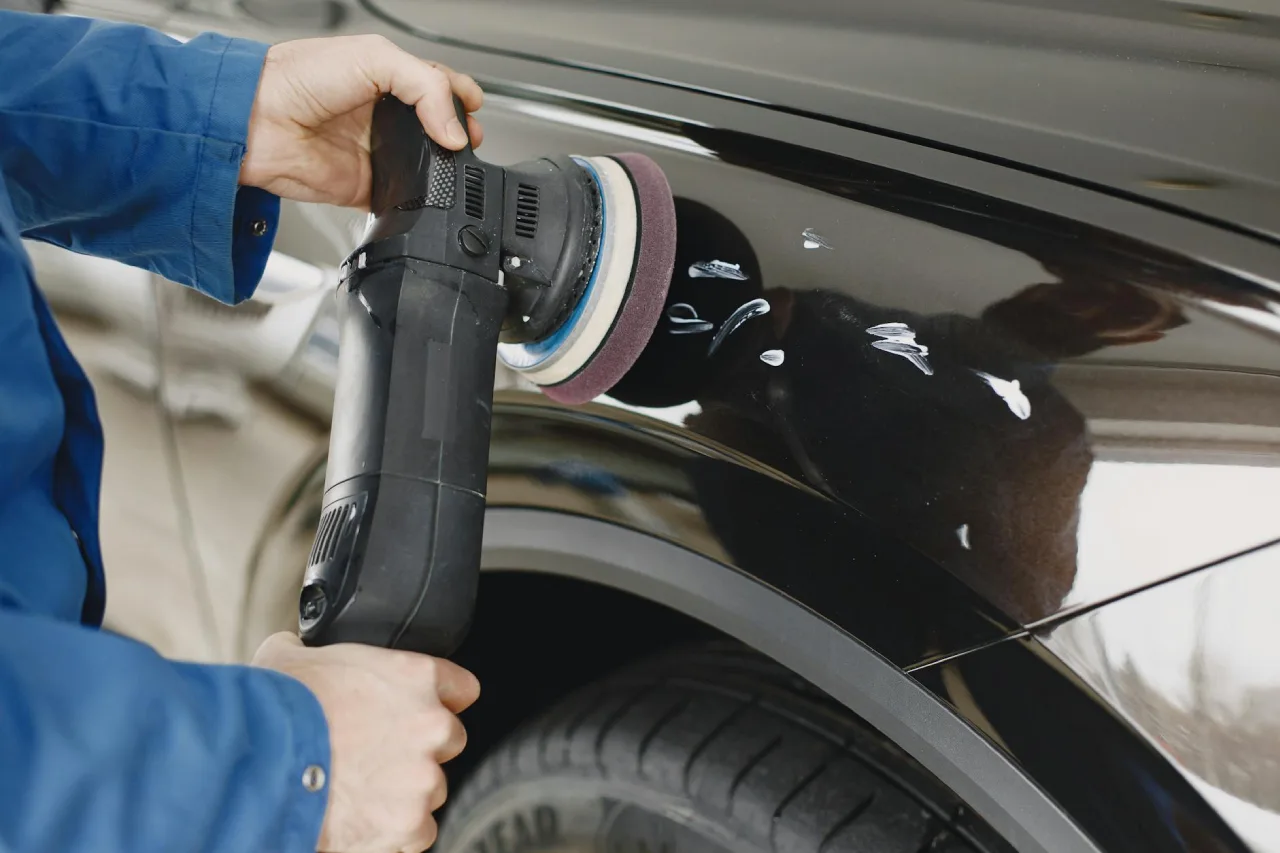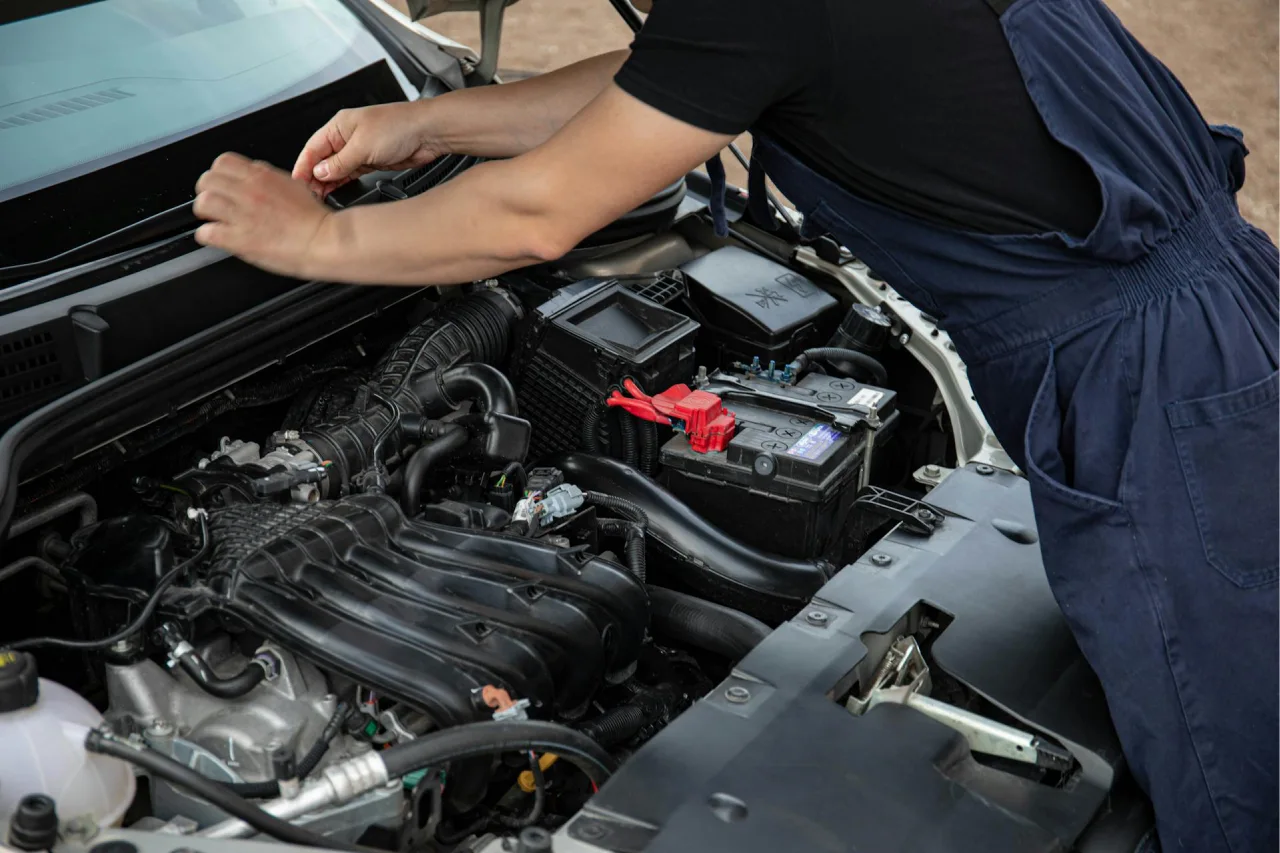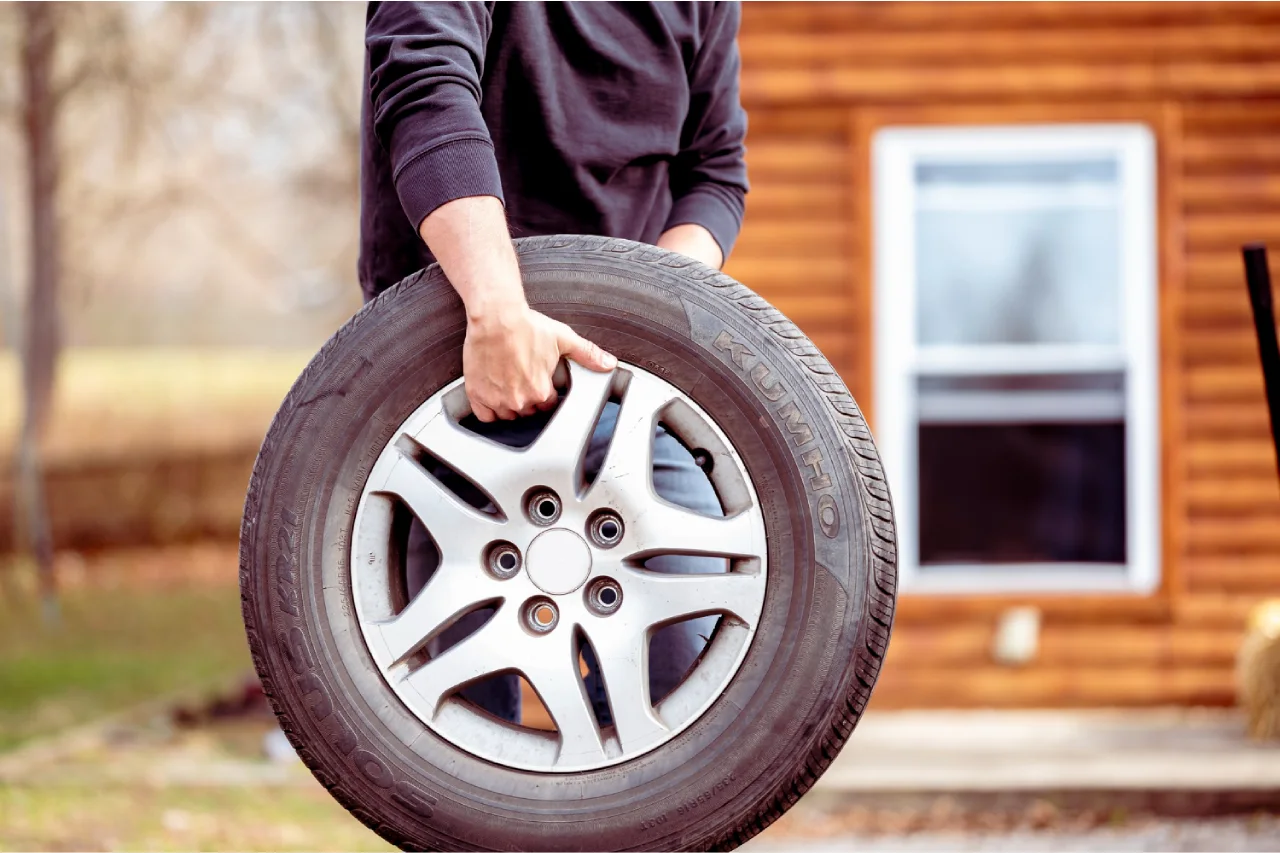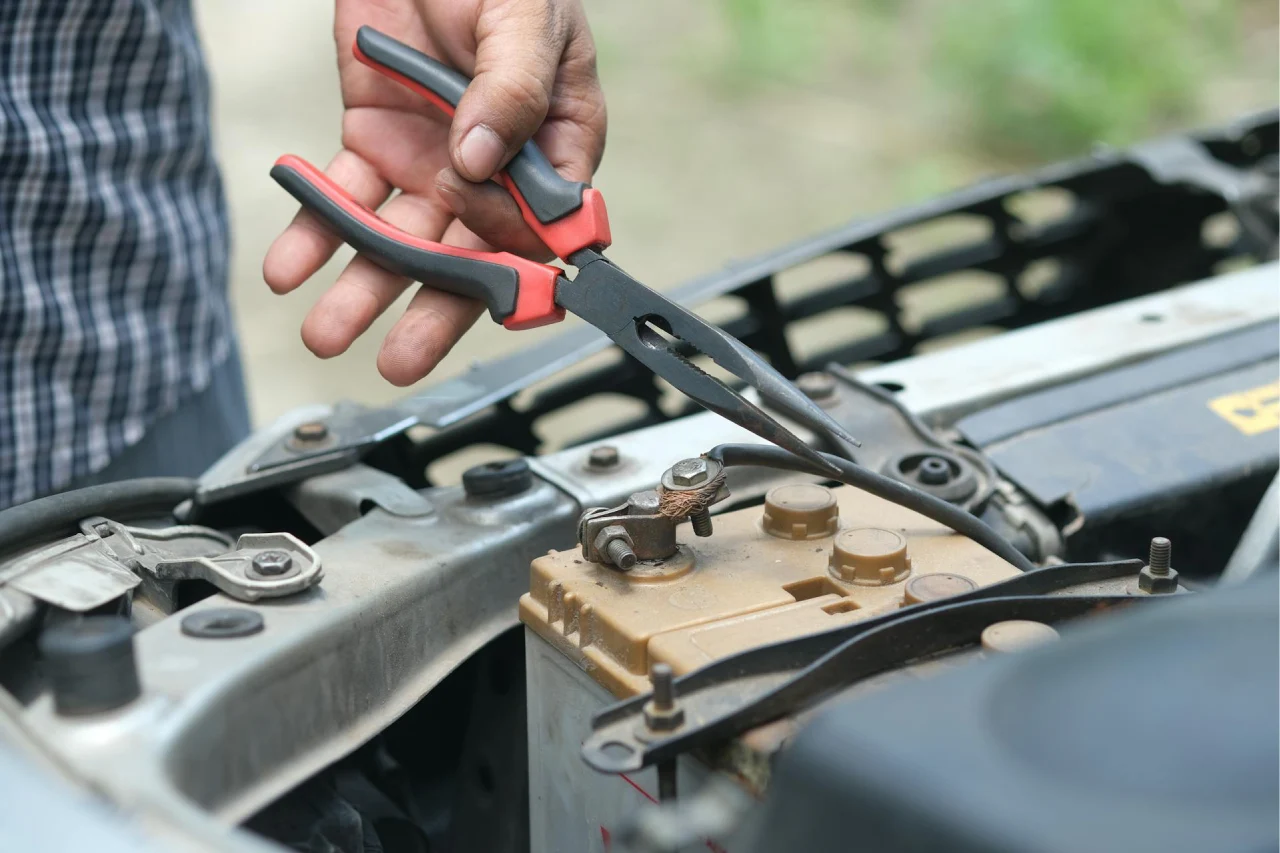



Tyre pressure recommendations
- uneven road surfaces
- frequent long-distance driving
- heavy loads
- air loss also increases in warmer temperatures
- It is very important to know that contrary to popular belief, tyre pressure is not determined by the type of tyre or its size but upon your vehicle's load and speed;
- upon your vehicle's load and driving application i.e. speed
- First of all don’t forget to check the owners' manual or on the inside of the driver's side door for the information on standard cold tire inflation pressure. This number is the lowest PSI one would inflate the tires to and it is specially suggested by the car's manufacturer, as a result of numerous tests;
- For most sedans, minivans, and even mini pickups, manufacturers generally recommend a PSI (pounds per square inch) in the range of 27 to 32, but can reach all the way up to 40;
- For larger vehicles that need to carry a larger burden, such as trucks and SUVs, the PSI is generally 4 to 8 PSI greater than it would be in smaller cars, perhaps around 45;
- You should remember that the front tyres may require a different pressure comparing with the back ones, all these recommendations are also described by the manufacturer;
- For accurate measure, it is necessary to check and adjust tyres pressure in the morning before driving them;
- Mind the season changes while checking the pressure, of course temperature differences influence your tire pressure. Cold weather conditions may cause your pressure to drop while warm or hot weather may cause your pressure to increase. Of course you will check the pressure on the regular basis, that is why and, it is exceptionally important to do that when the seasons change;
- You should have a reliable and a good quality tyre pressure gauge. Many vehicles come equipped with a tyre pressure monitoring system (TPMS). This system is aimed to alert you if your tyres are losing air or are below the recommended pressure. You shouldn’t even try to estimate your tyres inflation pressure. It is better to have an extra gauge in your glove compartment – even if you have a TPMS built into your vehicle, it will provide you with accurate results all the time and it is definitely more effective than to use multiple gauges at different gas or service stations;
- First of all, you should unscrew the valve stem cap from the valve stem on the tire. The valve stem is a black or silver pencil-sized extension near the hubcap, about 1" (2-3 cm) long.
- The next step involves your gauge. Simply press the air pressure gauge (mind the information on the gauge below) evenly onto the valve stem and record the given results. If you can hear a hissing sound, you didn’t applied the tool tight enough for an accurate reading. In this case adjust the angle of the gauge.
- Finally, replace valve stem cap. The cap does not hold air in, but it keeps dirt and moisture away from the valve mechanism in the valve stem, which does actually hold air in.

Car Scratch Solutions: Tips to Restore Showroom Shine
myzDegree | Jan 30, 2025
Car Scratch Solutions: Expert Tips to Bring Back That Showroom Look
Scratches on your car can be annoying…

Save on Maintenance: How to Replace Your Car Battery at Home
myzDegree | Jan 30, 2025
Replacing your car battery at home can save you both time and money. First, it’s cost-effective. You…

Top Tyre Buying Tips Every Driver Should Know
myzDegree | Jan 24, 2025
Choosing the right tyres is very important for your vehicle’s safety and performance. Tyres are the…

The Ultimate Tyre Buying Guide: Everything You Need to Know
myzDegree | Jan 24, 2025
Choosing the right tyres for your vehicle is one of the most critical decisions you'll make as a car…

How to Choose a Car Battery: A Beginner’s Guide
myzDegree | Jan 24, 2025
Your car’s battery is the main source of power for your vehicle. Without it, the engine won’t start…

What to Do in Case of a Flat Tyre in Dubai: A Step-by-Step Guide
myzdegree | Dec 23, 2024
Getting a flat tyre can ruin your day, especially when you're in a hurry or far from help. It's one of…
Request a Call Back
Lets get the best solution for your car
What's New


What are you looking for ?





